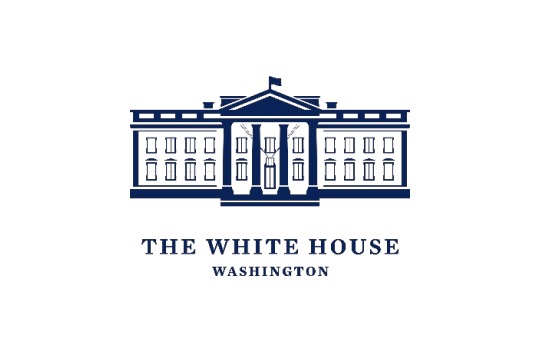On April 22nd, the Biden administration released its Climate Finance Plan, which aims to scale-up financial resources to help developing countries reduce greenhouse emissions, increase resilience, and adapt to climate impacts. The relatively brief (13 page) document sets out a strategic framework, not a detailed policy blueprint — but it marks an overdue increase in focus on addressing global climate change with US foreign policy and development tools, and could have massive implications for global energy development.
There are a bunch of things in this Plan that we love:
- Ambitious goals. The Plan commits to doubling annual public climate finance to developing countries, and to tripling adaptation finance by 2024. This is still a drop in the $100 million bucket rich countries have committed to mobilizing annually — but it’s a start.
- Recognition of the disproportionate responsibility of rich countries like the US. The Plan notes that the countries and communities it targets have “contributed the least to this crisis yet are often the most impacted and most in need of help in adapting.” This is a fairly obvious observation (and is embedded in international climate treaties) — but rich countries must continue acknowledging the disparity, and build smart policy from that first principle.
- Targeted capital. The Plan pledges to deploy the most concessional resources where they are needed most, particularly where mobilizing private investment is hardest. This kind of development-forward, risk-tolerant approach is needed to ensure that climate finance drives investment not just in countries like Kenya, but in a whole host of diverse economies where raising capital isn’t so easy — like Niger, Liberia, or Haiti.
- It goes beyond renewable generation. The administration recognizes that a low-carbon energy transition in emerging economies is going to require more than lots more wind and solar plants. The Department of State will work to drive global cooperation on energy storage and low-carbon transportation at scale — both of which will be critical for emerging economies. And USAID’s new Climate Change Strategy, to be released in November 2021, will address the renewable energy supply chain, which presents an opportunity for economic development and diversification in many countries.
- Transparency! It has been notoriously difficult to track climate finance flows around the world. Under this Plan, OMB will provide guidance and criteria for identifying what counts, and the NSC will lead an effort to help all relevant agencies report accurately and consistently on the amount of private finance they’re mobilizing. This will be a boon for policy and accountability in the climate space — but also for development efforts more broadly, where agencies have struggled to quantify their role in mobilizing private capital, even as that has become an increasingly prominent goal of US development policy.
As the Plan rolls out and more details emerge, here are a few specific things we’ll be watching:
- What will DFC’s net-zero pledge by 2040 actually mean? Net-zero pledges are widespread — but nebulous. The Plan clarifies that this will include an increase in investment in carbon capture solutions — but what else? Will this translate to zero energy-related emissions, or is there room for those emissions to be off-set by other investments? How will different countries — say, Poland versus Mali — be treated?
- How ambitious is this, really? Doubling annual climate finance sounds good — but it ultimately depends on how agency contributions get counted. Will US climate finance truly be “new and additional” or merely a recategorization of existing activities? The US commitment must be real.
- Will the US finance any natural gas — for how long, and where? The Plan states that agencies will “seek to end international investments in and support for” carbon-intensive fossil fuels, but acknowledges that “in limited circumstances, there may be a compelling development or national security reason” to continue providing US support. How will development imperatives be identified and weighed? We’ll be watching to see what this will mean specifically — particularly for DFC and what guidance Treasury gives the multilateral development banks.
- Can the US government coordinate itself? The Plan calls for significant collaboration across agencies — something that sounds easy but hardly ever (never) is. What will this government-wide push on climate finance mean for existing initiatives like Power Africa and Prosper Africa? And can we apply lessons from the architecture of those two initiatives?
- Finally, what kind of climate partner will the US really be? This Plan stresses supporting emerging economies, but relies heavily on phrases like “protecting the world’s poorest,” helping “communities in need,” and supporting “the most impacted.” The increased emphasis on global development is hugely important — but the US should approach climate finance as an opportunity to help power future ambition, innovation, and job creation in emerging economies, just as it does at home. Framing the global poor only as victims to be protected shortchanges both them and the window climate provides for building a new narrative in international development and reframing climate justice.



